Blog
These cosmic clouds have blossomed 1,300 light-years away, in the fertile starfields of the constellation Cepheus. Called the Iris Nebula, NGC 7023 is not the only nebula to evoke the imagery of flowers. Still, this deep telescopic image shows off the Iris Nebula’s range of colors and symmetries, embedded in surrounding fields of interstellar dust. Within the Iris itself, dusty nebular material surrounds a hot, young star. The dominant color of the brighter reflection nebula is blue, characteristic of dust grains reflecting starlight. Central filaments of the reflection nebula glow with a faint reddish photoluminesence as some dust grains effectively convert the star’s invisible ultraviolet radiation to visible red light. Infrared observations indicate that this nebula contains complex carbon molecules known as PAHs. The dusty blue petals of the Iris Nebula span about six light-years.
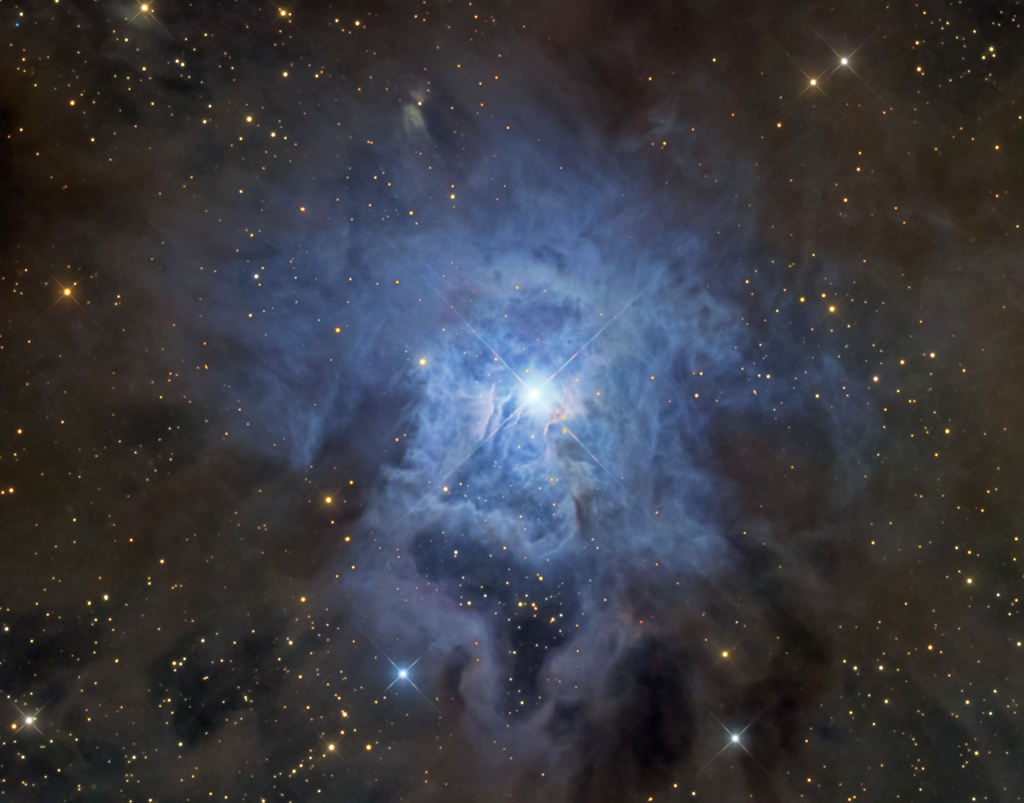
Freddie King (September 3, 1934 – December 28, 1976) was an American blues guitarist, singer and songwriter. He is considered one of the “Three Kings of the Blues Guitar” (along with Albert King and B.B. King, none of whom are blood related). Mostly known for his soulful and powerful voice and distinctive guitar playing, King had a major influence on electric blues music and on many later blues guitarists.
Born in Gilmer, Texas, King became acquainted with the guitar at the age of six. He started learning the guitar from his mother and his uncle. King moved to Chicago when he was a teenager; there he formed his first band the Every Hour Blues Boys with guitarist Jimmie Lee Robinson and drummer Frank “Sonny” Scott. As he was repeatedly being rejected by Chess Records, he got signed to Federal Records, and got his break with single “Have You Ever Loved a Woman” and instrumental “Hide Away“, which reached number five on the Billboard magazine’s rhythm and blues chart in 1961. It later became a blues standard. King based his guitar style on Texas blues and Chicago blues influences. The album Freddy King Sings showcased his singing talents and included the record chart hits “You’ve Got to Love Her with a Feeling” and “I’m Tore Down”. He later became involved with more rhythm and blues and rock oriented producers and was one of the first bluesmen to have a multiracial backing band at live performances.
He was inducted into the Rock and Roll Hall of Fame by ZZ Top in 2012 and into the Blues Hall of Fame in 1982. His instrumental “Hide Away” was included in the Rock and Roll Hall of Fame’s list of “500 Songs that Shaped Rock“. He was ranked 25th in the Rolling Stone magazine’s 2003 edition of “100 Greatest Guitarists of All Time” and 15th in the 2011 edition. Nearly constant touring took its toll on King—he was on the road almost 300 days out of the year. In 1976 he began suffering from stomach ulcers. His health quickly deteriorated, and he died on December 28 of complications from this illness and acute pancreatitis, at the age of 42.
more...
Granville William “Mickey” Roker (September 3, 1932 – May 22, 2017) was an American jazz drummer.
Roker was born into extreme poverty in Miami to Granville (Sr.) and Willie Mae Roker. After his mother died (his father never lived with them), when he was only ten, he was taken by his grandmother to live in Philadelphia with his uncle Walter, who gave him his first drum kit and communicated his love of jazz to his nephew. He also introduced the young Roker to the jazz scene in Philadelphia, where drummer Philly Joe Jones became Roker’s idol.
In the early 1950s, he began to gain recognition as a sensitive yet hard-driving big-band drummer. He was especially favored by Dizzy Gillespie, who remarked of him that “once he sets a groove, whatever it is, you can go to Paris and come back and it’s right there. You never have to worry about it.” Roker was soon in demand for his supportive skills in both big-band and small-group settings.
While in Philadelphia he played with Jimmy Oliver, Jimmy Heath, Jimmy Divine, King James and Sam Reed before moving to New York in 1959, where his first gigs were with Gigi Gryce, Ray Bryant, Joe Williams, Junior Mance, Nancy Wilson and the Duke Pearson big band. In 1965 Mickey joined Art Farmer and Benny Golson’s revamped group, the “New York Jazz Sextet”. In 1992, he replaced Connie Kay in the Modern Jazz Quartet.
more...Ernie Henry (September 3, 1926 – December 29, 1957) was an American jazz saxophonist.
Henry played in the late 1940s with Tadd Dameron (1947), Fats Navarro, Charlie Ventura, Max Roach, and Dizzy Gillespie (1948–49). From 1950 to 1952, he played in the band of Illinois Jacquet. After a few years in the shadows, he returned to play with Thelonious Monk (1956), Charles Mingus, Kenny Dorham, Kenny Drew, Wynton Kelly, Wilbur Ware, Art Taylor, Philly Joe Jones and Gillespie again (1956–57). He recorded three albums as a leader for the Riverside label shortly before his death at the end of 1957. He died of a heroin overdose, aged 31.
more...Memphis Slim (born John Len Chatman, September 3, 1915 – February 24, 1988) was an American blues pianist, singer, and composer. He led a series of bands that, reflecting the popular appeal of jump blues, included saxophones, bass, drums, and piano. A song he first cut in 1947, “Every Day I Have the Blues“, has become a blues standard, recorded by many other artists. He made over 500 recordings. He was posthumously inducted into the Blues Hall of Fame in 1989.
Memphis Slim was born John Len Chatman, in Memphis, Tennessee. For his first recordings, for Okeh Records in 1940, he used the name of his father, Peter Chatman (who sang, played piano and guitar, and operated juke joints); it is commonly believed that he did so to honor his father. He started performing under the name “Memphis Slim” later that year but continued to publish songs under the name Peter Chatman.
He spent most of the 1930s performing in honky-tonks, dance halls, and gambling joints in West Memphis, Arkansas, and southeast Missouri. He settled in Chicago in 1939 and began teaming with the guitarist and singer Big Bill Broonzy in clubs soon afterwards. In 1940 and 1941, he recorded two songs for Bluebird Records.
more...As its name suggests, alegrías (joys) is one of the most festive styles of flamenco. It has its origin in the province of Cádiz, being one of the oldest genres, and many consider it as the most important style. It belongs to the cantiñas family, traditional songs from the province of Cádiz.
Alegrías is one of the oldest flamenco dance in this art and has influenced many other styles. Perhaps the most characteristic feature is its rhythm, which it shares with the soleá, although the most significant and which makes this style recognizable, especially for the least understood, is the “tirititrán, trán, trán” with which cante begins. The alegrías is a flamenco style that is nourished by other styles such as the panaderos, the coplas romanceadas, the seguiriyas, the rosas (other types of cantiñas), the old fandangos from Cádiz and the jaleos. Although the fundamental basis of the alegrías are the jotas, specifically Navarran-Aragonese, a genre that came to Cádiz during the French occupation.
more...Two Harbors still gutting cabin and measuring up chimney for Lange stove. Transmission acting up so had to head home early. Apparently Greenwood Fire 39% contained! Yeah!




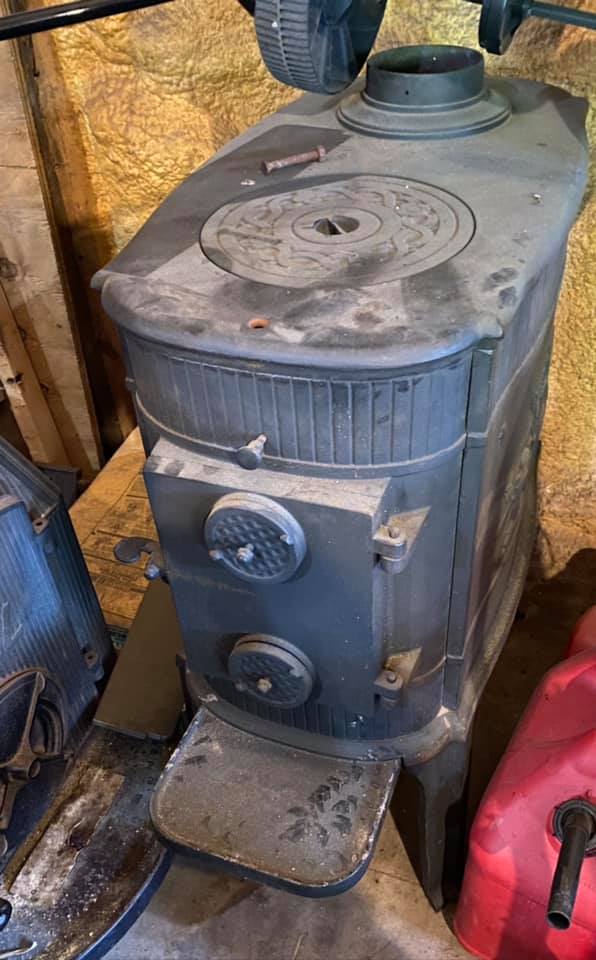
Find the Big Dipper and follow the handle away from the dipper’s bowl until you get to the last bright star. Then, just slide your telescope a little south and west and you’ll come upon this stunning pair of interacting galaxies, the 51st entry in Charles Messier’s famous catalog. Perhaps the original spiral nebula, the large galaxy with well defined spiral structure is also cataloged as NGC 5194. Its spiral arms and dust lanesclearly sweep in front of its companion galaxy (top), NGC 5195. The pair are about 31 million light-years distant and officially lie within the angular boundaries of the small constellation Canes Venatici. Though M51 looks faint and fuzzy to the eye, deep images like this one reveal its striking colors and galactic tidal debris.
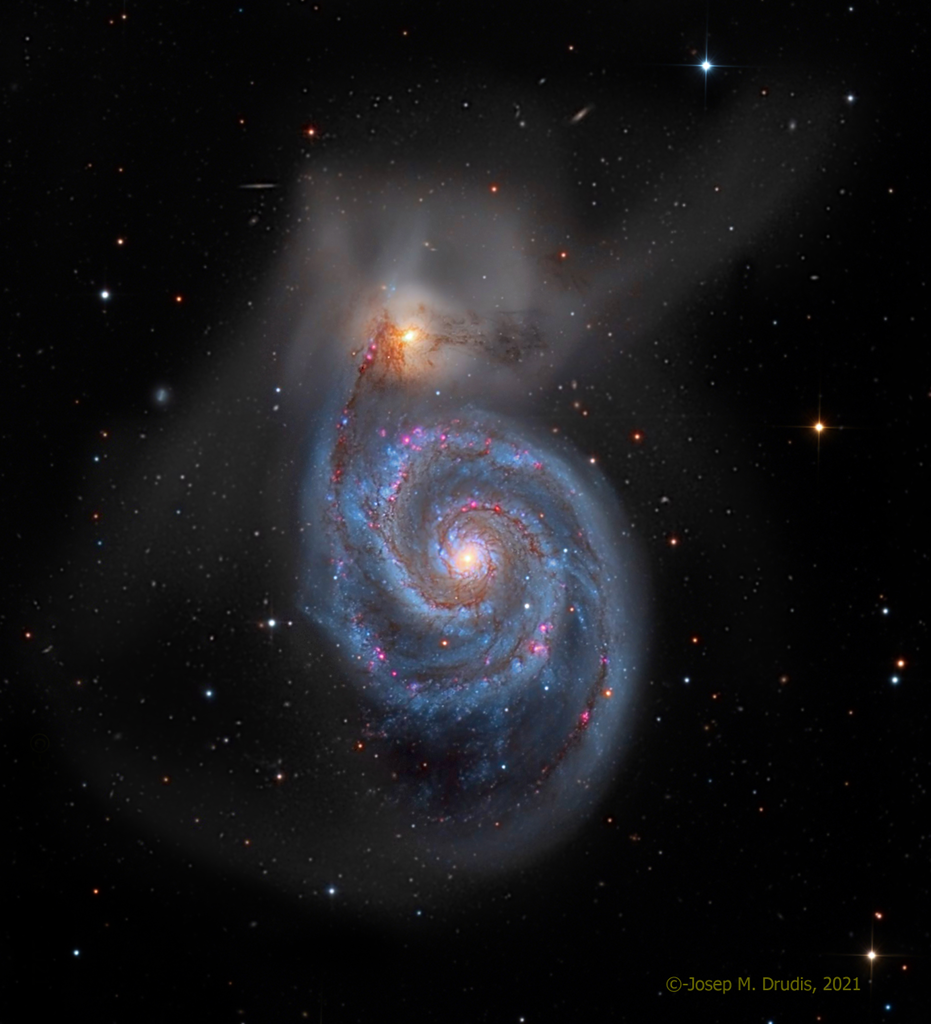
Clifford Laconia Jordan (September 2, 1931 – March 27, 1993) was an American jazz tenor saxophone player. While in Chicago, he performed with Max Roach, Sonny Stitt, and some rhythm and blues groups. He moved to New York City in 1957, after which he recorded three albums for Blue Note. He recorded with Horace Silver, J.J. Johnson, and Kenny Dorham, among others. He was part of the Charles Mingus Sextet, with Eric Dolphy, during its 1964 European tour.
Jordan toured Africa with Randy Weston, and performed in Paris while living in Belgium. In later years, he led his own groups, performed with Cedar Walton‘s quartet Eastern Rebellion, and led a big band.
Jordan was married to Shirley Jordan, a designer and former owner of Clothing Manufacturing Corporation in New York. He later married Sandy Jordan (née Williams), a graphic artist and Honorary Founders Board member of the Jazz Foundation of America.
more...Horace Ward Martin Tavares Silver (September 2, 1928 – June 18, 2014) was an American jazz pianist, composer, and arranger, particularly in the hard bop style that he helped pioneer in the 1950s.
After playing tenor saxophone and piano at school in Connecticut, Silver got his break on piano when his trio was recruited by Stan Getz in 1950. Silver soon moved to New York City, where he developed a reputation as a composer and for his bluesy playing. Frequent sideman recordings in the mid-1950s helped further, but it was his work with the Jazz Messengers, co-led by Art Blakey, that brought both his writing and playing most attention. Their Horace Silver and the Jazz Messengers album contained Silver’s first hit, “The Preacher“. After leaving Blakey in 1956, Silver formed his own quintet, with what became the standard small group line-up of tenor saxophone, trumpet, piano, bass, and drums. Their public performances and frequent recordings for Blue Note Records increased Silver’s popularity, even through changes of personnel. His most successful album was Song for My Father, made with two iterations of the quintet in 1963 and 1964.
Several changes occurred in the early 1970s: Silver disbanded his group to spend more time with his wife and to concentrate on composing; he included lyrics in his recordings; and his interest in spiritualism developed. The last two of these were often combined, resulting in commercially unsuccessful releases such as The United States of Mind series. Silver left Blue Note after 28 years, founded his own record label, and scaled back his touring in the 1980s, relying in part on royalties from his compositions for income. In 1993, he returned to major record labels, releasing five albums before gradually withdrawing from public view because of health problems.
As a player, Silver transitioned from bebop to hard bop by stressing melody rather than complex harmony, and combined clean and often humorous right-hand lines with darker notes and chords in a near-perpetual left-hand rumble. His compositions similarly emphasized catchy melodies, but often also contained dissonant harmonies. Many of his varied repertoire of songs, including “Doodlin’“, “Peace“, and “Sister Sadie“, became jazz standardsthat are still widely played. His considerable legacy encompasses his influence on other pianists and composers, and the development of young jazz talents who appeared in his bands over the course of four decades.
Silver was born on September 2, 1928, in Norwalk, Connecticut. His mother, Gertrude, was from Connecticut; his father, John Tavares Silver, was born on the island of Maio, Cape Verde, and emigrated to the United States as a young man. She was a maid and sang in a church choir; he worked for a tire company. Horace had a much older half-brother, Eugene Fletcher, from his mother’s first marriage, and was the third child for his parents, after John, who lived to 6 months, and Maria, who was stillborn.
more...
Laurindo Almeida (September 2, 1917 – July 26, 1995) was a Brazilian guitarist and composer in classical, jazz, and Latin music. He and Bud Shankwere pioneers in the creation of bossa nova. Almeida was the first guitarist to receive Grammy Awards for both classical and jazz performances. His discography encompasses more than a hundred recordings over five decades. Laurindo Jose de Araujo Almeida Nobrega Neto was born in the village of Prainha, Brazil near Santos in the state of São Paulo. Born into a musical family, Almeida was a self-taught guitarist. During his teenage years, Almeida moved to São Paulo, where he worked as a radio artist, staff arranger and nightclub performer. At the age of 19, he worked his way to Europe playing guitar in a cruise ship orchestra. In Paris, he attended a performance at the Hot Club by Stephane Grappelli and famed guitarist Django Reinhardt, who became a lifelong artistic inspiration.
more...Celebrated Cuban composer, arranger, pianist, and conductor, Adalberto Álvarez died on September 1, 2021 of COVID-19 complications. He was known as El Caballero del Son (the gentleman of son). Adalberto Álvarez founded the Son 14 orchestra in 1978 and his famous ensemble Adalberto Álvarez y su Son, in 1984. Both were essential groups in the history of Cuban popular music.Although he was born in Havana in 1948, Adalberto Álvarez always considered himself a native of Camagüey, the city where he lived his early years and began his professional career. Adalberto Álvarez was the author of several songs considered classics in Cuba’s popular repertoire. He won the National Music Award in 2008, was also the recipient of the Distinction for National Culture and the Félix Varela Order and received the Cubadisco Award on several occasions.
more...The 6th in a series of World Drumming workshops at the VA MN Adult Day Center Memory Care unit. Soldiers will arm themselves with cultural tools of music and celebration. Wednesday September 1st 2021 10-noon.
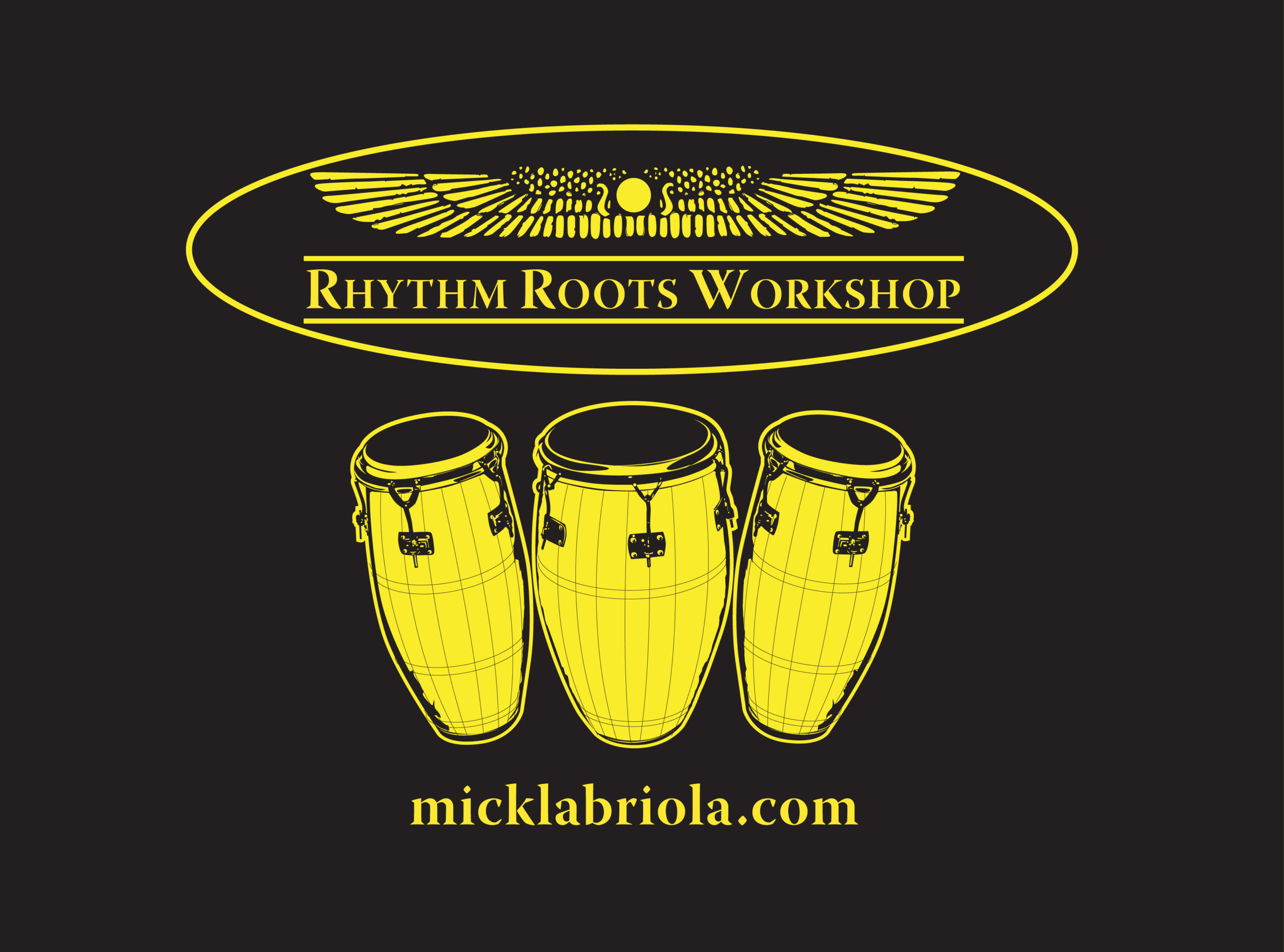
more...
Commonly known as the Lagoon Nebula, M8 was discovered in 1654 by the Italian astronomer Giovanni Battista Hodierna, who, like Charles Messier, sought to catalog nebulous objects in the night sky so they would not be mistaken for comets. This star-forming cloud of interstellar gas is located in the constellation Sagittarius and its apparent magnitude of 6 makes it faintly visible to the naked eye in dark skies. The best time to observe M8 is during August.
Located 5,200 light-years from Earth, M8 is home to its own star cluster: NGC 6530 (not visible in the image above). The massive stars embedded within the nebula give off enormous amounts of ultraviolet radiation, ionizing the gas and causing it to shine.
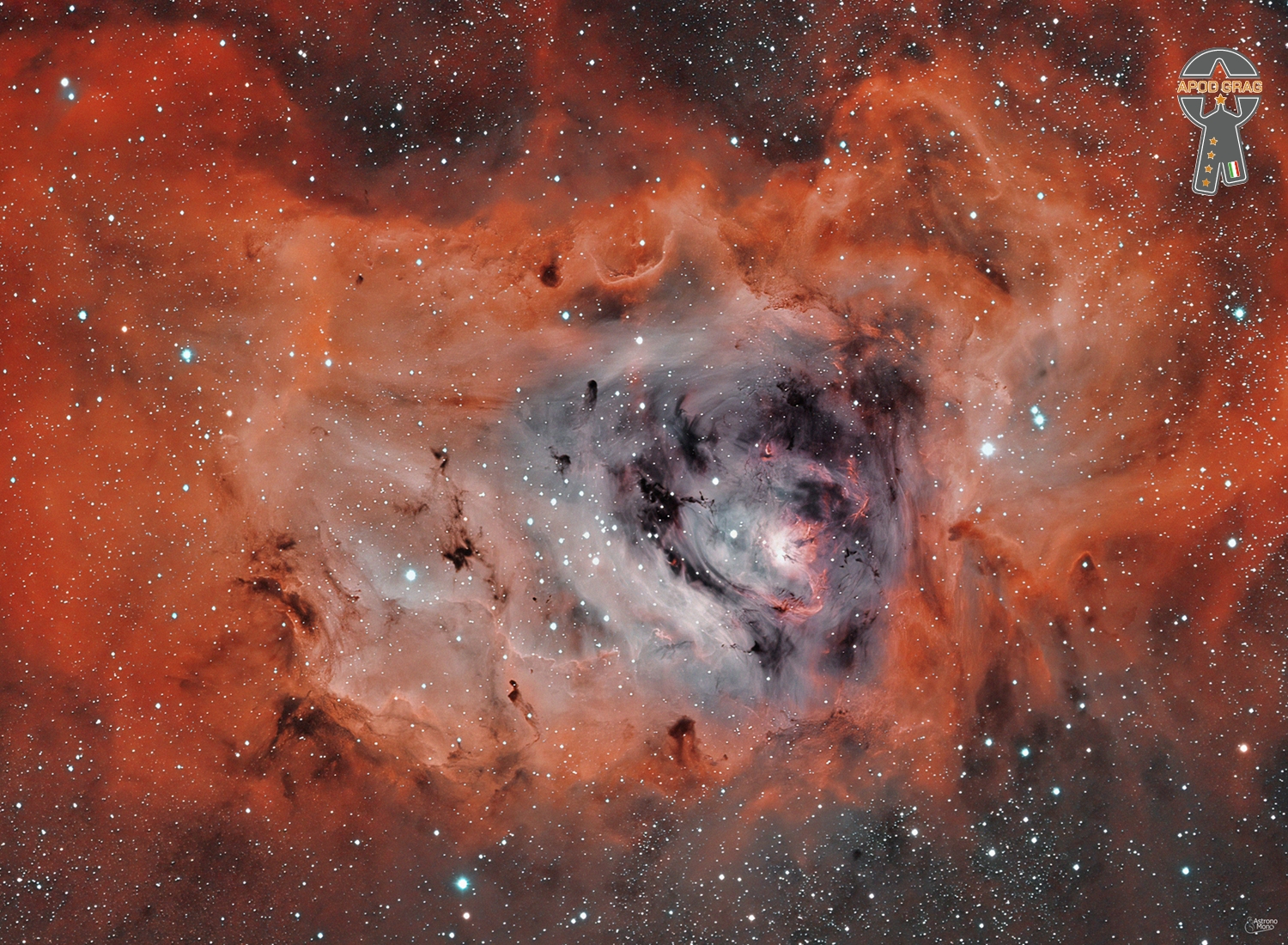
Archie Lee Bell (born September 1, 1944) is an American solo singer and former lead singer of Archie Bell & the Drells.
Born to African-American parents Langston and Ruthie Bell in Henderson, Texas, United States, Archie is the second oldest of seven brothers, and the brother of USC and NFL football player Ricky Bell, and former world karate champion and singer, Jerry Bell. He also is related to the record producer, Thom Bell. Bell was singing in Houston night clubs at age ten, and credits seeing the performances of Jackie Wilson and Sam Cooke as influencing him to become a singer. He formed the Drells in 1956 while in junior high school.
more...Gene Harris (born Eugene Haire, September 1, 1933 – January 16, 2000) was an American jazz pianist known for his warm sound and blues and gospel infused style that is known as soul jazz.
From 1956 to 1970, he played in The Three Sounds trio with bassist Andy Simpkins and drummer Bill Dowdy. During this time, The Three Sounds recorded regularly for Blue Note and Verve.
He mostly retired to Boise, starting in the late 1970s, although he performed regularly at the Idanha Hotel there. Ray Brown convinced him to go back on tour in the early 1980s. He played with the Ray Brown Trio and then led his own groups, recording mostly on Concord Records, until his death from kidney failure in 2000. One of his most popular numbers was his “Battle Hymn of the Republic,” a live version of which is on his Live at Otter Crestalbum, published by Concord.[citation needed] The singer and actress Niki Haris) is his daughter.
more...Arthur Edward Pepper Jr. (September 1, 1925 – June 15, 1982) was an American alto saxophonist and very occasional tenor saxophonist and clarinetist. Active in West Coast jazz, Pepper came to prominence in Stan Kenton‘s big band. He was known for his emotionally charged performances and several stylistic shifts throughout his career, and was described by critic Scott Yanow as having “attained his goal of becoming the world’s great altoist” at the time of his death.
Art Pepper was born in Gardena, California, United States. His mother was a 14-year-old runaway; his father, a merchant seaman. Both were violent alcoholics, and when Pepper was still quite young, he was sent to live with his paternal grandmother. He expressed early musical interest and talent, and he was given lessons. He began playing clarinet at nine, switched to alto saxophone at 13, and immediately began jamming on Central Avenue, the black nightclub district of Los Angeles. Pepper died of a stroke in Los Angeles on June 15, 1982, aged 56.
more...
More Posts
- Ramzan Paskayev
- Jerry Jeff Walker
- Tommy Flanagan
- World Music Trio Mandili
- Daily Roots The Wailing Souls
- CELESTIAL ANTIQUITY 3-28-24
- Shabbat for the Soul Mt Zion 3-15-24
- Cosmos NGC 1055
- Ry Cooder
- Charles Lloyd
- Lightnin Hopkins
- Bertha Hill
- Flamenco Fridays Zambra Rafael Rodríguez
- Daily Roots Vin Gordon
- Cosmos IC 342
- Les Baxter
- Shirley Scott
- Quincy Jones
- World Music Bucimis
- Daily Roots Sammy Dread